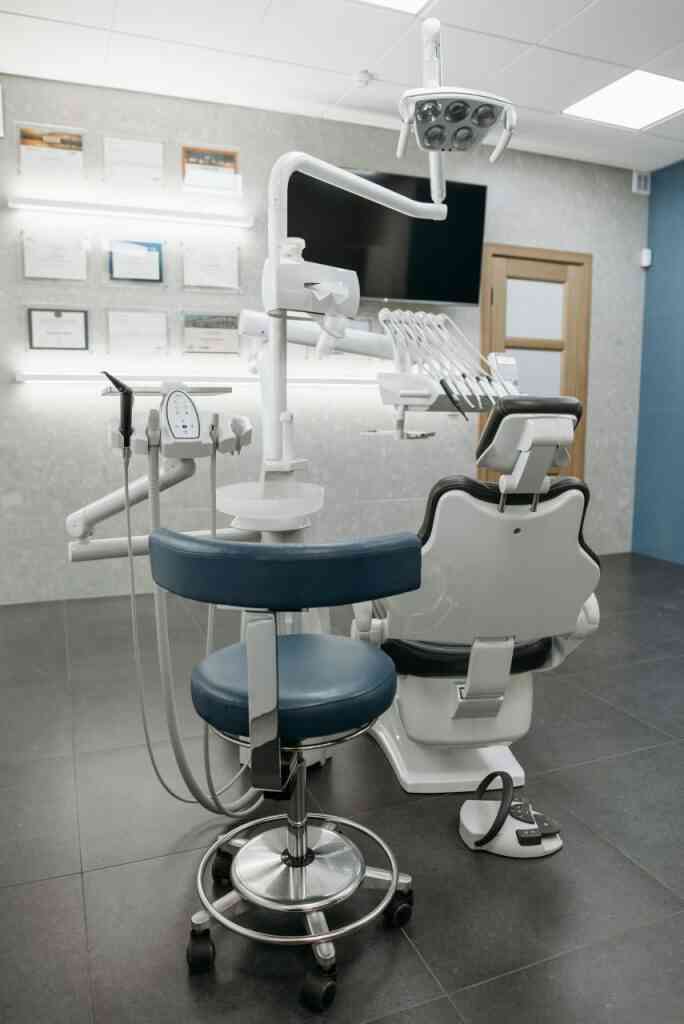Object Detection Framework for Images: Unveiling the Secrets of Accurate Object Recognition
In the realm of computer vision, object detection stands as a cornerstone task, empowering machines to identify and locate objects of interest within images. This intricate process forms the foundation for a myriad of applications, spanning autonomous vehicles, medical imaging, and industrial automation. In this comprehensive exploration, we delve into a novel object detection framework that leverages a synergistic fusion of data augmentation techniques, a feature pyramid network, and a meticulously designed set of two-branch detection heads, culminating in enhanced performance and unmatched accuracy.
A Journey into the Framework’s Architecture
The proposed framework, meticulously engineered for object detection prowess, unfurls its intricate architecture in Figure 1, orchestrating a seamless interplay of three distinct stages: data augmentation, detection framework training, and meticulous evaluation via Intersection over Union (IoU) computation.
Data Augmentation: Enriching the Training Landscape
To fortify the training data and mitigate the perils of overfitting, we meticulously employ a diverse arsenal of data augmentation techniques, unleashing their transformative power to expand the dataset’s horizons and bolster the framework’s resilience against overspecialization.
- Horizontal and Vertical Flipping: A simple yet effective transformation, mirroring the image along its horizontal and vertical axes, quadruples the dataset’s size, effectively multiplying the training examples.
- Mirroring and Flipping: Taking data augmentation to new heights, this technique mirrors the image and then flips it along both horizontal and vertical axes, octoplying the dataset’s size, dramatically diversifying the training landscape.
- Luminance Augmentation: Acknowledging the pervasive impact of lighting conditions, luminance augmentation randomly adjusts the image’s luminance parameter, attuning the detection framework to a kaleidoscope of illumination scenarios.
- Random Cropping: Embracing the philosophy of “less is more,” random cropping retains only a fraction of the image, compelling the framework to master the art of object detection amidst partial occlusions and object variations.
Detection Framework: Unveiling the Secrets of Object Recognition
Our detection framework, an exemplar of anchor-free ingenuity, dispenses with the need for preset anchors, liberating the detection results from the shackles of anchor parameters and settings. This meticulously crafted framework comprises a five-layer backbone network, the cornerstone of feature extraction, coupled with a set of two-branch detection heads, orchestrating a symphony of object classification and localization. The backbone network, a bastion of feature extraction, meticulously distills the image’s essence into a hierarchy of feature maps, each encapsulating a distinct level of abstraction. These feature maps, brimming with information, are then relayed to the detection heads, which, acting as meticulous detectives, scrutinize each pixel, discerning object center points, scales, and class probabilities, ultimately unveiling the objects concealed within the image.
Loss Functions: Guiding the Framework’s Optimization
To steer the framework towards the pinnacle of performance, we harness a carefully selected arsenal of loss functions, each meticulously tailored to a specific aspect of the detection process. For center point prediction, we employ the focal loss, a beacon of hope in addressing the class imbalance conundrum. Additionally, a Smooth L1 loss, renowned for its finesse in scale predictions, joins the fray, ensuring precise object localization.
Uncertainty Reduction: Quelling the Ambiguities
In the realm of object detection, uncertainty can lurk, stemming from the interplay of multiple detection heads, each vying for supremacy on different feature maps. To quell this uncertainty, we invoke a selection strategy, appointing the detection result with the largest stride as the definitive victor, relegating the others to the realm of vanquished contenders. Furthermore, we meticulously calibrate the size of bounding boxes in each layer, tethering them to the maximum distance of regression, thereby circumscribing the realm of uncertainty between feature layers.
Testing and IoU Computation: Measuring the Framework’s Mettle
As the framework embarks on its mission of object detection, we subject it to a rigorous evaluation process, employing Intersection over Union (IoU) as our yardstick of accuracy. IoU, a cornerstone metric in the realm of object detection, quantifies the degree of overlap between the predicted bounding box and its ground truth counterpart, with higher IoU values heralding greater detection prowess.
Evaluation Metrics: Unveiling the Framework’s True Potential
To bestow a comprehensive assessment of the framework’s performance, we invoke Average Precision (AP), a beacon of truth in the realm of object detection evaluation. AP, a metric steeped in rigor, is calculated as the area beneath the Precision-Recall curve, a graphical depiction of the framework’s ability to strike a delicate balance between precision and recall. Precision, the proportion of correctly detected objects among all detected objects, and Recall, the proportion of correctly detected objects among all ground truth objects, intertwine to paint a comprehensive picture of the framework’s detection capabilities.
Conclusion: A Testament to Innovation and Excellence
In this comprehensive discourse, we have unveiled a novel object detection framework, a testament to the power of innovation and the pursuit of excellence. This framework, a symphony of data augmentation techniques, a feature pyramid network, and a meticulously designed set of two-branch detection heads, achieves robust and accurate object detection, as eloquently proclaimed by the experimental results. As we stand at the threshold of a new era in computer vision, this framework stands poised to revolutionize the way we perceive and interact with the world around us, unlocking a universe of possibilities in autonomous vehicles, medical imaging, industrial automation, and beyond.
